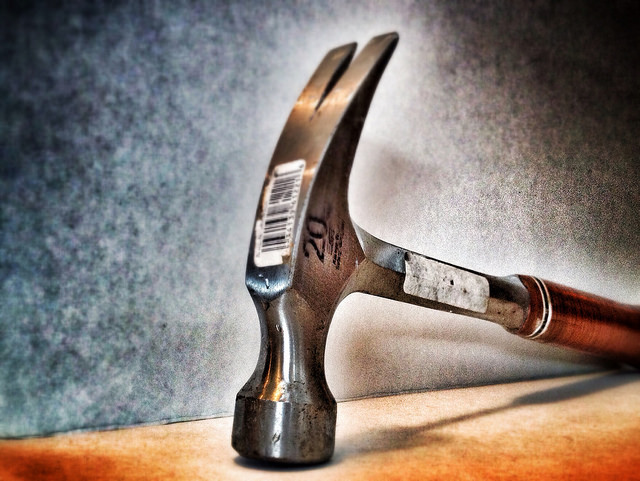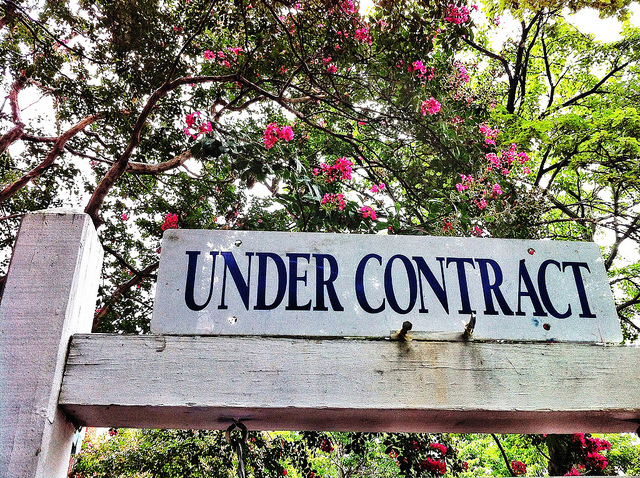According to the Mortgage Bankers Association’s Weekly Applications Survey, average mortgage rates were mostly down last week. In fact, rates for 30-year fixed-rate mortgages with conforming loan balances, loans backed by the Federal Housing Administration, and 15-year fixed-rate mortgages all fell. The declines helped push demand for loans to buy homes up 4 percent from the week before. Joel Kan, MBA’s associate vice president of economic and industry forecasting, said the gains are an encouraging sign. “Purchase applications have now increased year-over-year for four weeks, which signals healthy demand entering the busy spring buying season,†Kan said. “However, the pick-up in the average loan size continues, with the average balance reaching another record high. With more inventory in their price range compared to first-time buyers, move-up and higher-end buyers continue to have strong success finding a home.†In other words, though affordability conditions and inventory have both improved, the market is still more favorable for buyers at higher price points. The market for first-time and entry-level home buyers remains more competitive. The MBA’s weekly survey has been conducted since 1990 and covers 75 percent of all retail residential mortgage applications. More here.













